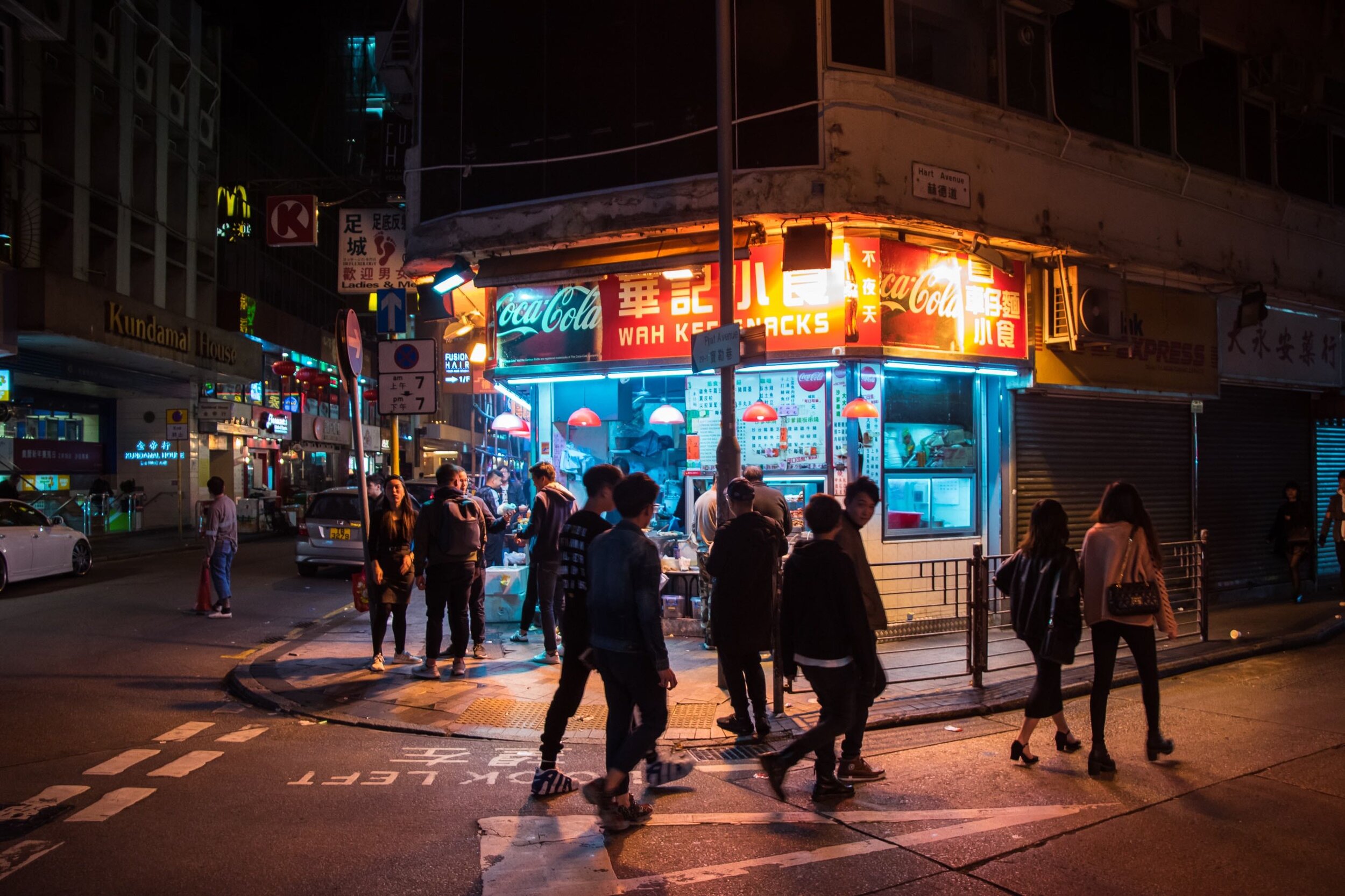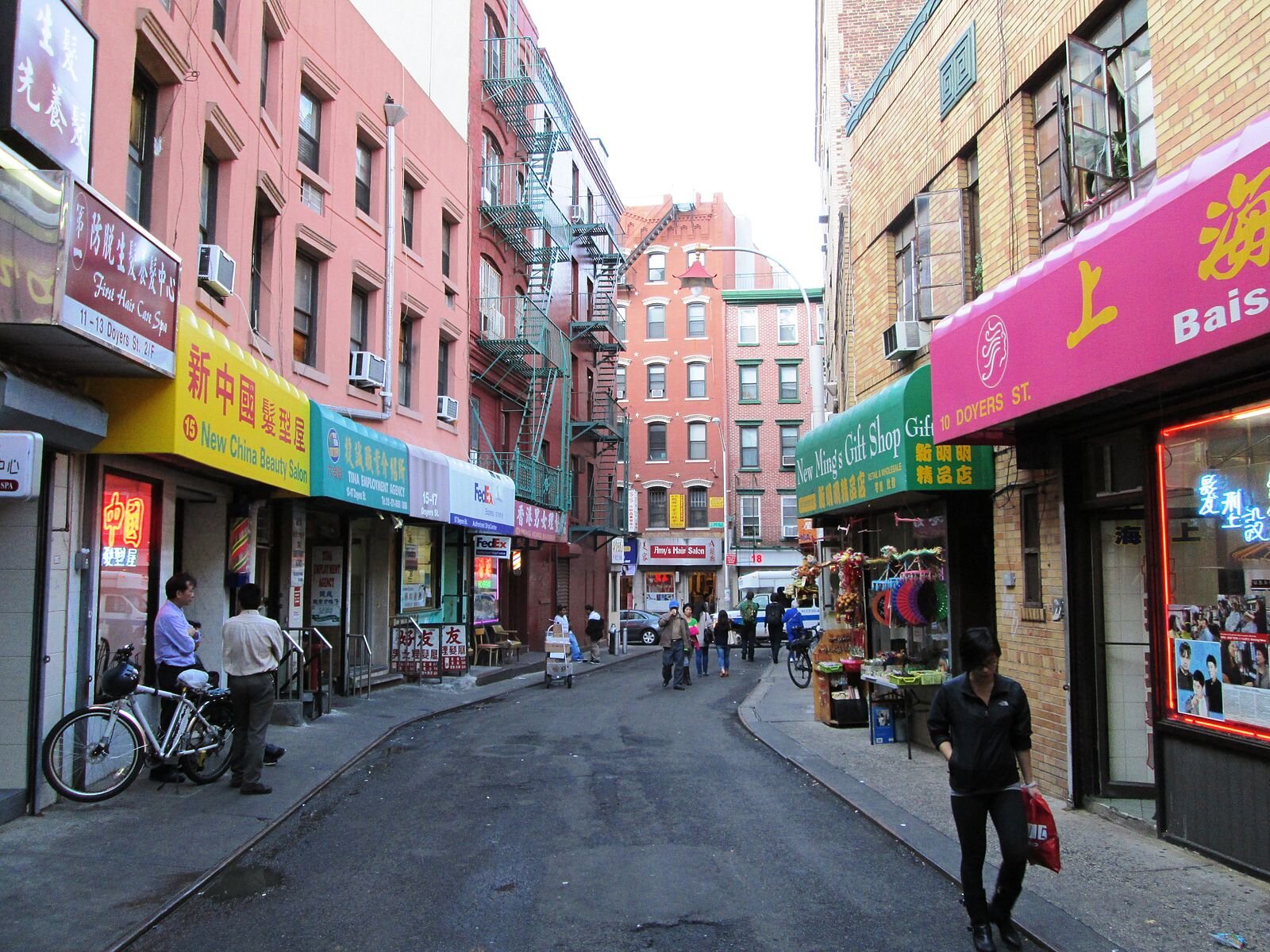"Jaywalking" Shouldn't Even Be a Thing
Streetsblog has a report out on a systematic pattern of racial and ethnic bias in who is ticketed for jaywalking in New York City. The site's Martin Samoylov and Gersh Kuntzman report:
Between Jan. 1 and Sept. 30 last year, cops issued 316 summonses for walking against a traffic light, or crossing mid-block, and 284 of them — or 89.5 percent of the tickets — went to blacks or Hispanics, according to the city’s own summons data, crunched by Streetsblog. Only 55 percent of the city’s population is black and/or Hispanic.
More than half of the tickets — 167, or 53 percent — were issued to people under 25, with 44 percent of the tickets going to people aged 18 to 25, even though that group comprises just 7 percent of the population.
How many of you jaywalk? I'll wait.
How many of you do it on a regular basis? That's what I thought.
My hand was all the way up both times. Especially when I'm in a place like New York where streets are narrow and low-speed and pedestrians tend to outnumber drivers.
Why Do We Ticket for Jaywalking?
We've heard this story before in a different context that has similar implications: routine traffic stops. This is a similar case in which enforcement of the rules of the road is used not in a way that has any clear relationship to actual public safety, but in a way that is targeted at those whose behavior is most often perceived to be deviant—for reasons that involve unconscious bias as well as goals (like surveillance or rooting out other crime) unrelated to speed enforcement.
Strong Towns has called for an end to the routine traffic stop. Not an end to speed enforcement itself, but to pulling over people whose behavior is well within social norms, chosen either arbitrarily or on the basis of visible characteristics like skin color.
But Isn't Jaywalking Dangerous?
The NYPD defines jaywalking as crossing mid-block or against a traffic signal. Let's do a thought experiment. I want you to picture a place you've been where "jaywalking" is extremely common. People just step into the street and casually cross without giving it much thought.
I'm guessing you may be picturing something like this:
Alright. Now picture a place where jaywalking is rare; people who are walking rarely step into the street. Does it look more like this place?
Image via Wikimedia Commons
Which of the above options do you think depicts the kind of place that is more financially productive—that is, it is generating the concentrated wealth needed to pay for the infrastructure and services that keep it running?
Which set of photos depicts the kind of place that is more conducive to the success of small, local businesses?
Which set of photos depicts the kind of place where your young child or elderly parent would feel safest walking on the sidewalk?
Which depicts a place you're more likely to see on a postcard, or plan a vacation to?
Jaywalking isn't dangerous in itself. Fast-moving cars are dangerous. And in fact, just as people are the indicator species of a strong town, rampant jaywalking is most often a sign of a vital place and a successful urban street.
Let's Design Streets That Are For Everyone
Many readers are likely familiar with the history of the concept of "jaywalking," but here's a refresher courtesy of Adam Ruins Everything about how the automobile industry invented and popularized the concept, in a deliberate effort to establish the idea that the street is for cars and everyone else is an interloper:
That whole notion is at odds with the actual function of an urban street. Its primary purpose should not be to move traffic. Streets are platforms to build wealth. They provide access to people's homes and businesses, a place for the public to convene, a place for the city to present itself to the world. All of these are at odds with the notion of a street that is "for cars."
A high-speed road—whose purpose is to connect two productive places with minimal friction or complexity—is no place for people on foot. So sure, enforce jaywalking laws on high-speed roads.
But true city streets? We should go the opposite direction: make them truly a commons. Traffic should be kept to speeds too slow to harm anyone, through street design that makes it impractical and uncomfortable to go any faster.



